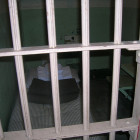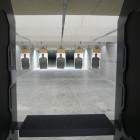
Report Finds States Pulling Back from Tough Laws of ’80s, ’90s (Watch the Video)
|
By Natalie Krebs and Eric Ferkenhoff
CHICAGO-Fears that a generation of menacing adolescents would stalk cities and kill at will never came to pass, and it appears states have gotten the message. Legislators are now relaxing harsh laws against minors enacted in the late 1980s and 1990s, according to a report out Tuesday. The study found children lack the mental capacity to commit crimes as adults. States have also raised the age at which juveniles may transfer to adult courts, and they now recognize most minors involved in crimes have some type of mental illness. But the racial disparities plaguing the juvenile justice system were among the most telling findings, with statistics heavily skewed against blacks and Hispanics.








